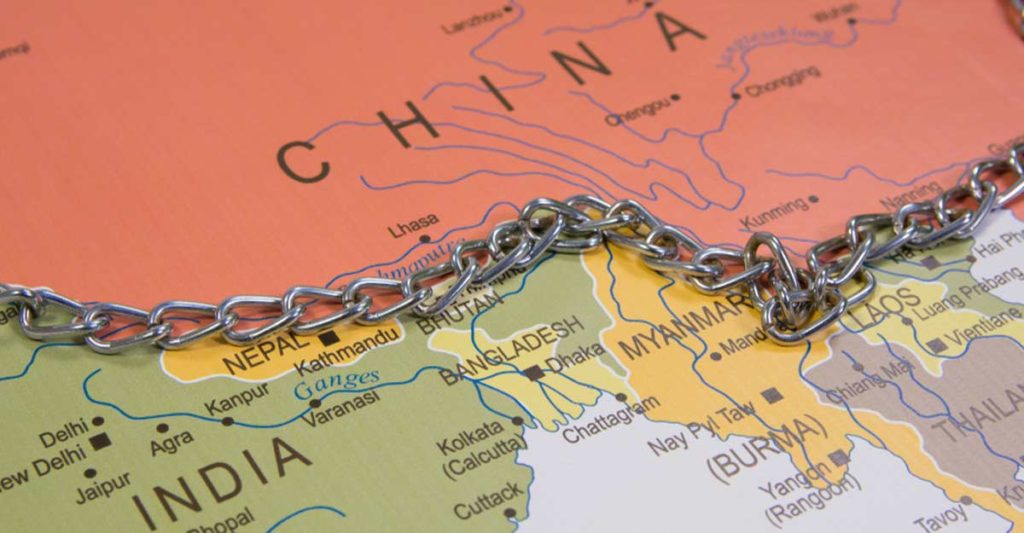Border situation in eastern Ladakh “direct result” of Chinese action to effect unilateral change in status quo
External Affairs Ministry Spokesperson Anurag Srivastava said India is committed to resolve all issues through dialogue, noting the way ahead to address the issue is negotiations.

By PTI
India on Thursday said the situation witnessed in the border areas in eastern Ladakh over the past four months is a “direct result” of actions taken by China aimed at effecting unilateral change in the status quo of the region.
External Affairs Ministry Spokesperson Anurag Srivastava said India is committed to resolve all issues through dialogue, noting the way ahead to address the issue is negotiations.
“It is clear that the situation we witnessed(in eastern Ladakh) over the past four months is a direct result of actions by Chinese side aimed at effecting unilateral change in status quo.
“We strongly urge China to sincerely engage with the Indian side with the objective of expeditiously restoring peace in border areas through complete disengagement,” he said at an online media briefing.
On Monday, the Indian Army said the Chinese military carried out “provocative military movements” to “unilaterally” change the status quo on the southern bank of Pangong lake in eastern Ladakh on the intervening night of August 29 and 30 but the attempt was thwarted by the Indian troops.
Srivastava on Tuesday said the Chinese People’s Liberation Army(PLA) was engaged in “provocative action” again a day earlier when the ground commanders of the two sides were holding talks to ease the situation.
Following the Chinese attempts, the Indian Army has strengthened its presence in at least three strategic heights in the southern bank of Pangong lake.
Replying to a question on whether External Affairs Minister S Jaishankar will travel to Moscow to attend a meeting of the SCO foreign ministers on September 10, Srivastava said “yes”. The Shanghai Cooperation Organisation (SCO) is an eight-nation regional grouping that includes China and India.